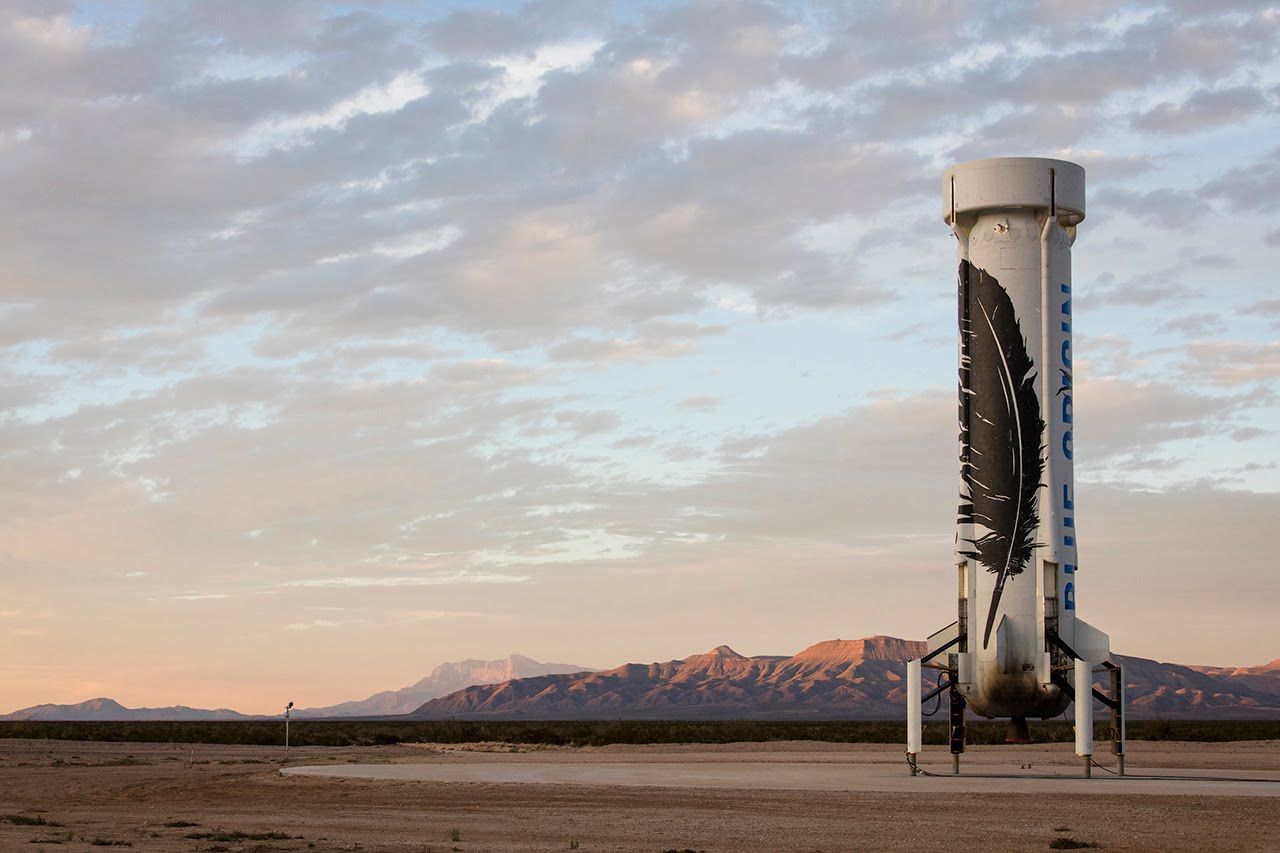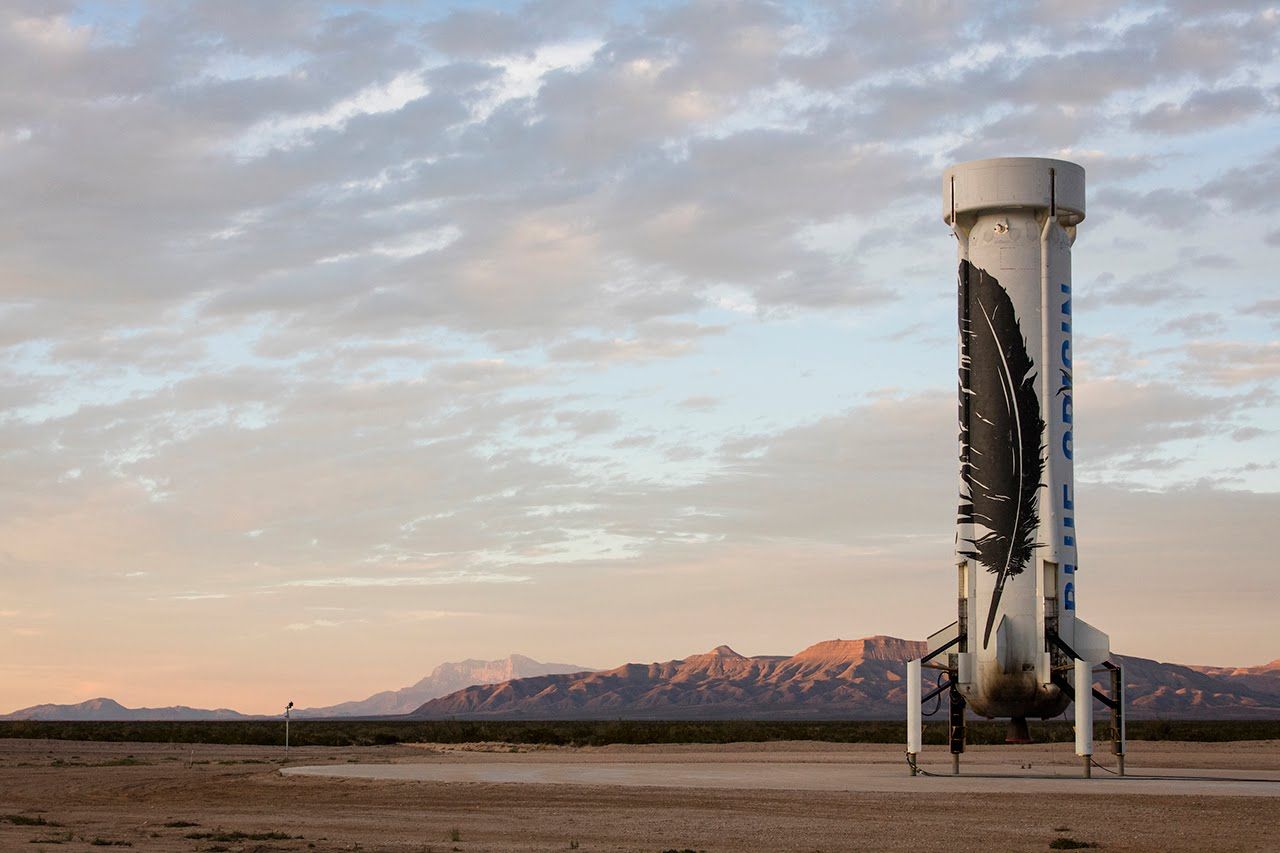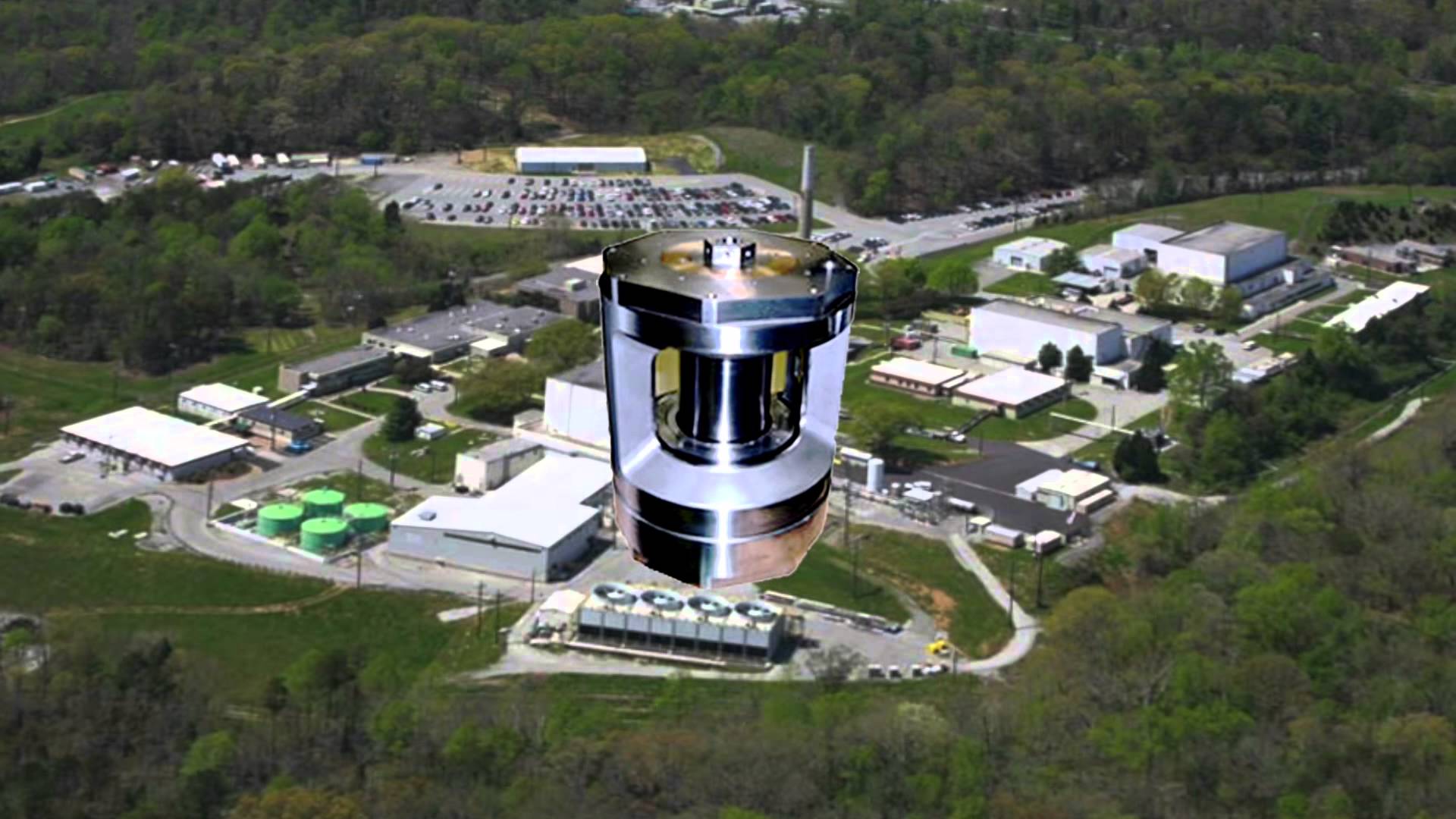New legislation and interest from a number of private ventures could lead to extraction of valuable minerals from asteroids—and sooner than you might think.
STAFFBy Richard Yonck on November 24, 2015 3.
New legislation and interest from a number of private ventures could lead to extraction of valuable minerals from asteroids—and sooner than you might think.
STAFFBy Richard Yonck on November 24, 2015 3.

First successful reusable rocket landing from space!!
Blue Origin’s New Shepard space vehicle successfully flew to space, reaching its planned test altitude of 329,839 feet (100.5 kilometers) before executing a historic landing back at the launch site in West Texas.

Private spaceflight company Blue Origin, helmed by Amazon founder Jeff Bezos, says it has landed its main rocket, New Shepard, back on Earth after launch. That would make it the first rocket ever to have gently landed and remained intact after taking off into space. It also means that Blue Origin has beaten SpaceX in the race to make the first reusable rocket; the Elon Musk-led space venture has been trying to soft-land its main rocket, the Falcon 9, for the past year.
To commemorate the landing, Bezos tweeted for the first time since setting up his Twitter account seven years ago.
A string of benzene molecules that’s 20,000 times smaller than a strand of human hair is the strongest material ever made.
SpaceX received orders Friday from the US space agency to send astronauts to the International Space Station in the coming years, helping restore US access to space, NASA said.
The announcement was a formal step in a process that began earlier this year when Boeing was given the nod by NASA to send crew to the orbiting outpost by late 2017.
Both Boeing and SpaceX have received billions in seed money from NASA to restore American access to the ISS, after the US space shuttle program was retired in 2011.
“The opportunity to be involved in such a project as a graduate student is an amazing opportunity,” said Anna Egner, who is leading the team’s effort to build a mock-up of the spectroscope for an actual payload package. “Having always been enchanted and intrigued by physics and astronomy, working on an instrument that might one day fly into space is awesomely exciting.”
The first commercial missions to nearby asteroids could launch as early as 2020, but it will be decades before asteroid mining begins in earnest. In the meantime, the new spectroscopic technology promises to provide planetary scientists with new details about the chemical composition of the asteroids, comets, moons and minor planets in the solar system: information that is certain to improve our understanding of how the solar system formed. In addition, it could become an important tool in the planetary defense arsenal because it can determine whether objects crossing Earth’s orbit are made from rock or ice.
Media Inquiries: David Salisbury, (615) 322-NEWS david.salisbury@vanderbilt.edu
On the largest scales, it’s responsible for driving galaxies and clusters of galaxies apart. But could it affect us in a way we could measure at home?

A team has, for the first time, discovered how to produce ultra-thin “diamond nanothreads” that promise extraordinary properties, including strength and stiffness greater than that of today’s strongest nanotubes and polymer fibers. Such exceedingly strong, stiff, and light materials have an array of potential applications, everything from more-fuel efficient vehicles or even the science fictional-sounding proposal for a “space elevator.”
According to international treaties, no country is allowed to own things like moons or asteroids. But what about a company?
A new bill would allow space mining companies to own pieces of space. Although they couldn’t own a whole asteroid, for example, the bill would ensure that space mining businesses would legally own the resources they extract from that asteroid.
Last week the bill passed in the Senate with a few amendments, and yesterday those amendments were accepted in the House of Representatives. Now the bill is off to the Oval Office, where space policy experts predict President Obama will sign it into law.
It’s made of just 244 atoms.
In the nearly 400 years since the first submarine was invented, these underwater machines have become incredibly sophisticated. They’re armed and they’re really stealthy. We’re even planning on sending subs to oceans on distant moons. Trippy.
But now, a submarine is going where no submarine has gone before. To the molecular level. In a paper published this month in NanoLetters, researchers announced that they’ve invented a submarine so small that it’s made out of a single molecule.
Continue reading “Speedy Submarine Is Made Of A Single Molecule” »